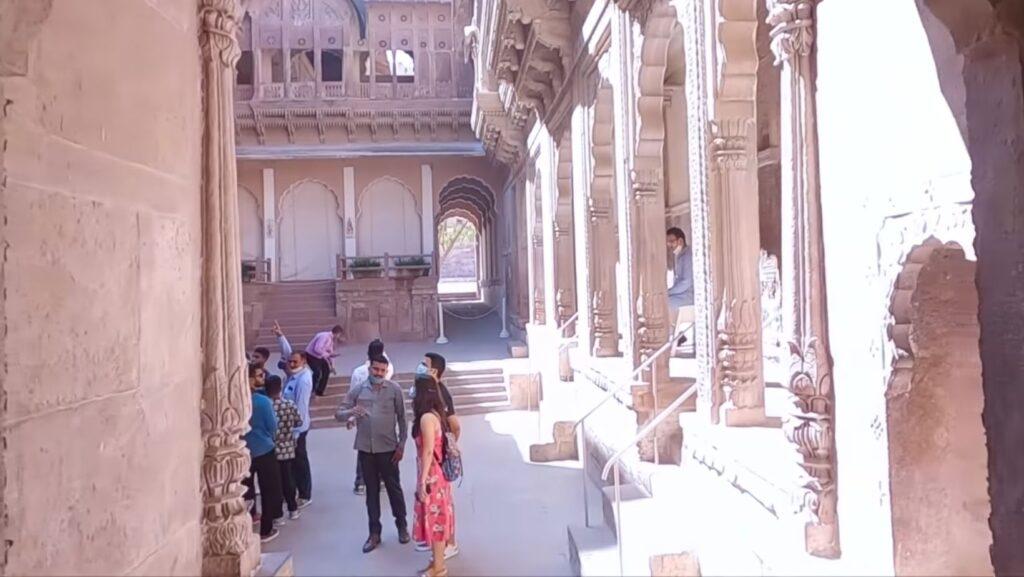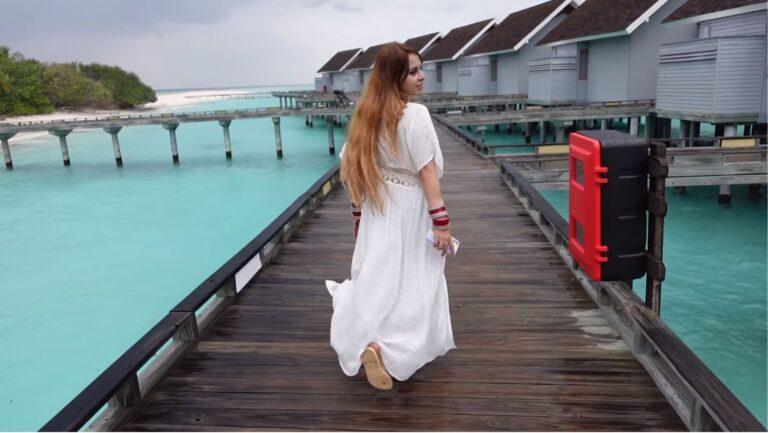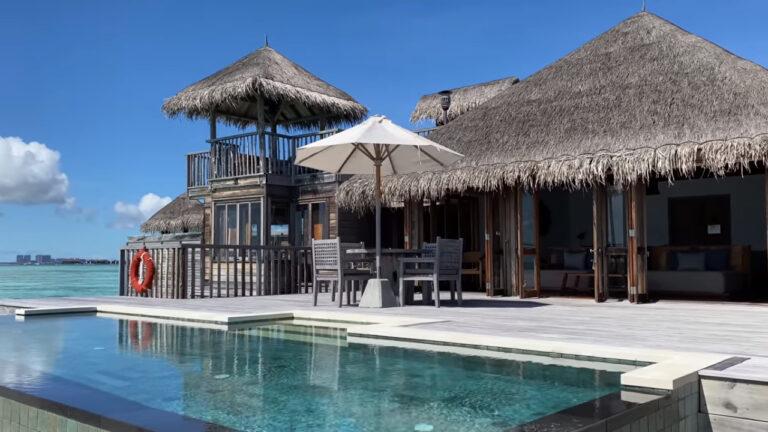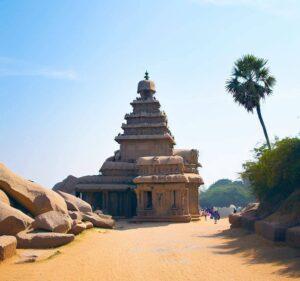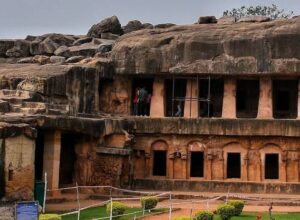About Mehrangarh Fort
Mehrangarh Fort is one of the most magnificent and majestic forts in India. It is located in the city of Jodhpur, Rajasthan, and stands on a rocky hill that rises 122 meters above the surrounding plain. The fort was built by Rao Jodha, the founder of Jodhpur, in 1459, and was expanded and embellished by his successors over the centuries. The fort is a testimony to the glory and valor of the Rathore dynasty of Marwar, who ruled over this region for more than five hundred years.
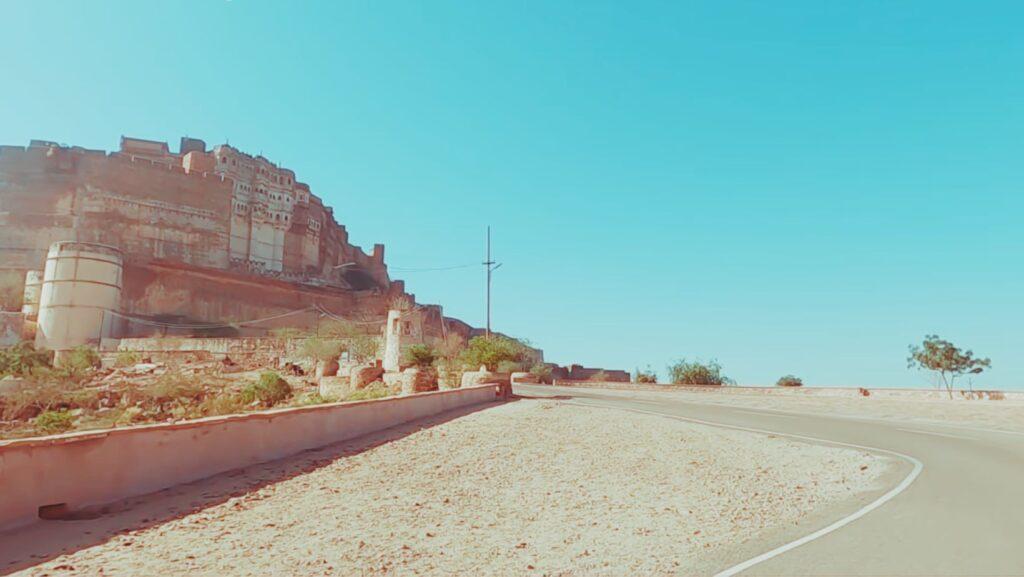
The fort has seven gates, each with its own history and significance. The most famous gate is Jai Pol, which means “victory gate”, and was built by Maharaja Man Singh in 1806 to celebrate his triumph over the armies of Jaipur and Bikaner.
Another gate is Fateh Pol, which means “victory gate”, and was built by Maharaja Ajit Singh in 1708 to commemorate his victory over the Mughals. The fort also has several palaces, temples, courtyards, and galleries, each with its own architectural style and beauty. Some of the notable palaces are Sheesh Mahal, which means “mirror palace”, and is decorated with mirrors and paintings; Phool Mahal, which means “flower palace”, and is adorned with floral motifs and gold; Moti Mahal, which means “pearl palace”, and is where the royal throne was kept; and Takhat Vilas, which means “throne palace”, and is where Maharaja Takhat Singh lived.
The fort also houses a museum that displays a rich collection of artifacts, weapons, armors, costumes, paintings, and other items that belong to the royal family and the history of Marwar. The museum also showcases the cultural and artistic heritage of the region, such as folk music, dance, crafts, and festivals. The fort is also a venue for various events and programs that celebrate the spirit and culture of Rajasthan, such as the World Sacred Spirit Festival and the Rajasthan International Folk Festival.
How to Reach Mehrangarh Fort Jodhpur
Mehrangarh Fort in Jodhpur, Rajasthan. It is one of the most magnificent and majestic forts in India, and a must-see attraction for anyone who loves history, culture, and architecture. Here are some tips on how to reach the Mehrangarh Fort from different locations.
By Air
If you are traveling by air, the nearest airport is the Jodhpur Airport, which is about 5 km away from the city center. You can take a taxi or an auto-rickshaw from the airport to the fort, which will cost you around Rs. 150-200.
By Train
If you are traveling by train, the nearest railway station is the Jodhpur Junction, which is well-connected to major cities like Delhi, Mumbai, Jaipur, Ahmedabad, etc. You can take a taxi or an auto-rickshaw from the station to the fort, which will cost you around Rs. 100-150. You can also take a city bus from the station to the fort, but they are very few and infrequent.
By Road
If you are traveling by road, you can reach Jodhpur by bus or car from various cities like Jaipur, Udaipur, Bikaner, etc. The road network is good and the journey is scenic. Once you reach Jodhpur, you can take a taxi or an auto-rickshaw to the fort, which will cost you around Rs. 100-150.
The Mehrangarh Fort is open to visitors from 9 am to 5 pm every day, and the entry fee is Rs. 100 for Indians and Rs. 600 for foreigners. You can also book online tickets from their official website or visit their Facebook page for more information.
Mehrangarh Fort Timings
The Mehrangarh Fort is open to visitors every day from 9:00 am to 5:00 pm. The ticket sales close at 5:00 pm.
Mehrangarh Fort Entry Fees
The entry fee is Rs. 100 for Indians and Rs. 600 for foreigners. The entry fee includes the audio guide, which is available in various languages.
The Mehrangarh Fort is located on a hilltop, about 5 km away from the Jodhpur Airport and the Jodhpur Junction railway station. You can take a taxi or an auto-rickshaw from the airport or the station to the fort, which will cost you around Rs. 150-200.
What is Mehrangarh Fort known for?
Mehrangarh Fort, located in Jodhpur, Rajasthan, is renowned for its imposing architecture, historical significance, and panoramic views. It stands atop a hill and houses intricate palaces, stunning courtyards, and a museum showcasing artifacts reflecting the region’s rich heritage.
How old is Mehrangarh Fort?
Mehrangarh Fort has a history dating back over five centuries. It was founded in 1459 by Rao Jodha, the founder of Jodhpur, and has witnessed centuries of historical events and architectural evolution.
What are the major attractions within Mehrangarh Fort?
Mehrangarh Fort offers numerous attractions, including:
- Palaces: Explore the intricately designed palaces like Moti Mahal, Sheesh Mahal, and Phool Mahal.
- Museum: Discover an extensive collection of artifacts, textiles, weapons, and royal possessions in the museum.
- Jaswant Thada: A marble cenotaph dedicated to Maharaja Jaswant Singh II, located near the fort.
What is the best time to visit Mehrangarh Fort?
The best time to visit Mehrangarh Fort is during the cooler months of October to March. The weather is pleasant, making it ideal for exploring the fort and enjoying the breathtaking views.
Can I take photographs inside Mehrangarh Fort?
Yes, photography is allowed within Mehrangarh Fort, including its various exhibits and stunning vistas. However, some areas might have specific photography restrictions, so it’s advisable to inquire on-site.
What makes Mehrangarh Fort a popular tourist destination?
Mehrangarh Fort’s combination of stunning architecture, rich history, well-preserved palaces, and breathtaking views makes it a must-visit destination for history enthusiasts, architecture lovers, and travelers seeking a glimpse into Rajasthan’s royal heritage.
The Mehrangarh Fort is a splendid tourist destination that delights everyone. You can explore the various palaces, temples, courtyards, and galleries inside the fort, and admire the intricate carvings and exquisite paintings. You can also get a panoramic view of the blue city of Jodhpur from various points in the fort. And for when you need some relaxation, the fort has restaurants and gardens.
